Methyl 2-(4-bromophenyl)acetate
Modify Date: 2024-01-07 14:12:49
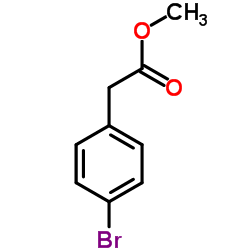
Methyl 2-(4-bromophenyl)acetate structure
|
Common Name | Methyl 2-(4-bromophenyl)acetate | ||
|---|---|---|---|---|
| CAS Number | 41841-16-1 | Molecular Weight | 229.071 | |
| Density | 1.4±0.1 g/cm3 | Boiling Point | 268.6±15.0 °C at 760 mmHg | |
| Molecular Formula | C9H9BrO2 | Melting Point | N/A | |
| MSDS | N/A | Flash Point | 116.3±20.4 °C | |
| Name | Methyl 2-(4-bromophenyl)acetate |
|---|---|
| Synonym | More Synonyms |
| Density | 1.4±0.1 g/cm3 |
|---|---|
| Boiling Point | 268.6±15.0 °C at 760 mmHg |
| Molecular Formula | C9H9BrO2 |
| Molecular Weight | 229.071 |
| Flash Point | 116.3±20.4 °C |
| Exact Mass | 227.978592 |
| PSA | 26.30000 |
| LogP | 2.74 |
| Vapour Pressure | 0.0±0.6 mmHg at 25°C |
| Index of Refraction | 1.543 |
| Storage condition | 2~8°C |
Synonym: Section 2 - COMPOSITION, INFORMATION ON INGREDIENTS
Risk Phrases: None Listed. Section 3 - HAZARDS IDENTIFICATION EMERGENCY OVERVIEW
Not available. Potential Health Effects Eye: May cause eye irritation. Skin: May cause skin irritation. May be harmful if absorbed through the skin. Ingestion: May cause irritation of the digestive tract. May be harmful if swallowed. Inhalation: May cause respiratory tract irritation. May be harmful if inhaled. Chronic: Not available. Section 4 - FIRST AID MEASURES Eyes: Flush eyes with plenty of water for at least 15 minutes, occasionally lifting the upper and lower eyelids. Get medical aid. Skin: Get medical aid. Flush skin with plenty of water for at least 15 minutes while removing contaminated clothing and shoes. Ingestion: Get medical aid. Wash mouth out with water. Inhalation: Remove from exposure and move to fresh air immediately. Notes to Physician: Treat symptomatically and supportively. Section 5 - FIRE FIGHTING MEASURES General Information: As in any fire, wear a self-contained breathing apparatus in pressure-demand, MSHA/NIOSH (approved or equivalent), and full protective gear. Extinguishing Media: Use water spray, dry chemical, carbon dioxide, or chemical foam. Section 6 - ACCIDENTAL RELEASE MEASURES General Information: Use proper personal protective equipment as indicated in Section 8. Spills/Leaks: Absorb spill with inert material (e.g. vermiculite, sand or earth), then place in suitable container. Section 7 - HANDLING and STORAGE Handling: Avoid breathing dust, vapor, mist, or gas. Avoid contact with skin and eyes. Storage: Store in a cool, dry place. Store in a tightly closed container. Section 8 - EXPOSURE CONTROLS, PERSONAL PROTECTION Engineering Controls: Use adequate ventilation to keep airborne concentrations low. Exposure Limits CAS# 41841-16-1: Personal Protective Equipment Eyes: Not available. Skin: Wear appropriate protective gloves to prevent skin exposure. Clothing: Wear appropriate protective clothing to prevent skin exposure. Respirators: Follow the OSHA respirator regulations found in 29 CFR 1910.134 or European Standard EN 149. Use a NIOSH/MSHA or European Standard EN 149 approved respirator if exposure limits are exceeded or if irritation or other symptoms are experienced. Section 9 - PHYSICAL AND CHEMICAL PROPERTIES Physical State: Liquid Color: Not available. Odor: Not available. pH: Not available. Vapor Pressure: Not available. Viscosity: Not available. Boiling Point: 105 deg C @15mmHg Freezing/Melting Point: Not available. Autoignition Temperature: Not available. Flash Point: Not available. Explosion Limits, lower: Not available. Explosion Limits, upper: Not available. Decomposition Temperature: Solubility in water: Specific Gravity/Density: Molecular Formula: C9H9BrO2 Molecular Weight: 229.02 Section 10 - STABILITY AND REACTIVITY Chemical Stability: Not available. Conditions to Avoid: Incompatible materials. Incompatibilities with Other Materials: Strong oxidizing agents. Hazardous Decomposition Products: Carbon monoxide, carbon dioxide, hydrogen bromide. Hazardous Polymerization: Has not been reported Section 11 - TOXICOLOGICAL INFORMATION RTECS#: CAS# 41841-16-1 unlisted. LD50/LC50: Not available. Carcinogenicity: Methyl 4-bromophenylacetate - Not listed by ACGIH, IARC, or NTP. Section 12 - ECOLOGICAL INFORMATION Section 13 - DISPOSAL CONSIDERATIONS Dispose of in a manner consistent with federal, state, and local regulations. Section 14 - TRANSPORT INFORMATION IATA Not regulated as a hazardous material. IMO Not regulated as a hazardous material. RID/ADR Not regulated as a hazardous material. Section 15 - REGULATORY INFORMATION European/International Regulations European Labeling in Accordance with EC Directives Hazard Symbols: Not available. Risk Phrases: Safety Phrases: S 24/25 Avoid contact with skin and eyes. WGK (Water Danger/Protection) CAS# 41841-16-1: No information available. Canada None of the chemicals in this product are listed on the DSL/NDSL list. CAS# 41841-16-1 is not listed on Canada's Ingredient Disclosure List. US FEDERAL TSCA CAS# 41841-16-1 is not listed on the TSCA inventory. It is for research and development use only. SECTION 16 - ADDITIONAL INFORMATION N/A |
| Hazard Codes | Xi |
|---|---|
| Safety Phrases | 26-36/37/39 |
| Precursor 10 | |
|---|---|
| DownStream 10 | |
| 4-Bromophenyl acetic acid methyl ester |
| Benzeneacetic acid, 4-bromo-, methyl ester |
| Methyl (4-bromophenyl)acetate |
| MFCD00126844 |
| Methyl 4-Bromophenylacetate |
 CAS#:74-88-4
CAS#:74-88-4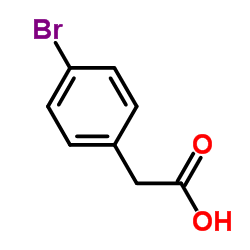 CAS#:1878-68-8
CAS#:1878-68-8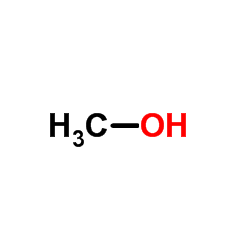 CAS#:67-56-1
CAS#:67-56-1 CAS#:61985-23-7
CAS#:61985-23-7 CAS#:37859-24-8
CAS#:37859-24-8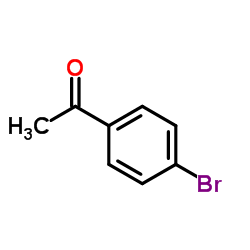 CAS#:99-90-1
CAS#:99-90-1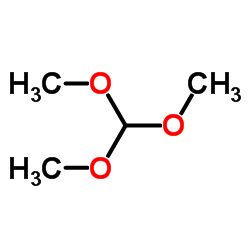 CAS#:149-73-5
CAS#:149-73-5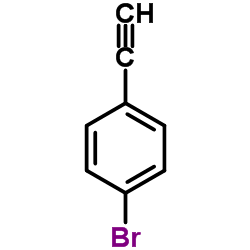 CAS#:766-96-1
CAS#:766-96-1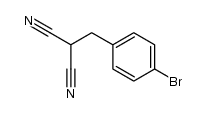 CAS#:21456-03-1
CAS#:21456-03-1 CAS#:186581-53-3
CAS#:186581-53-3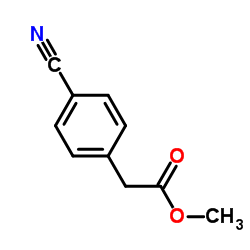 CAS#:52798-01-3
CAS#:52798-01-3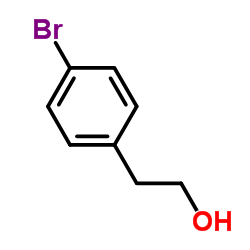 CAS#:4654-39-1
CAS#:4654-39-1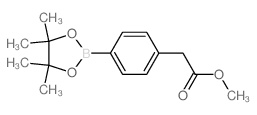 CAS#:454185-98-9
CAS#:454185-98-9![methyl 2-[4-(4-hydroxybut-1-ynyl)phenyl]acetate structure](https://www.chemsrc.com/caspic/474/192804-72-1.png) CAS#:192804-72-1
CAS#:192804-72-1 CAS#:27200-79-9
CAS#:27200-79-9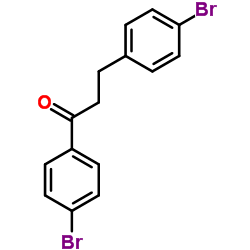 CAS#:54523-47-6
CAS#:54523-47-6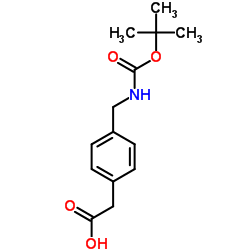 CAS#:71420-92-3
CAS#:71420-92-3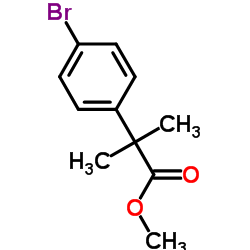 CAS#:154825-97-5
CAS#:154825-97-5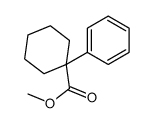 CAS#:17380-78-8
CAS#:17380-78-8
